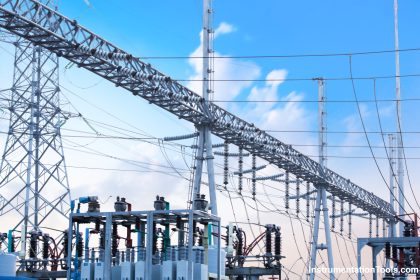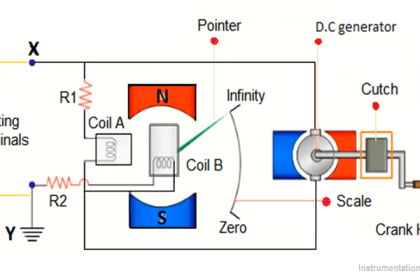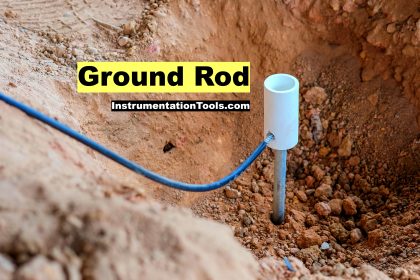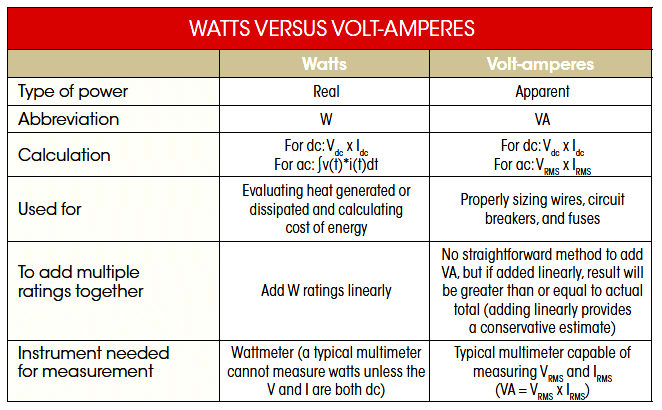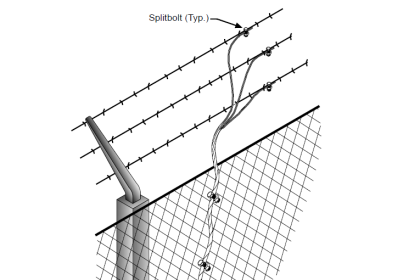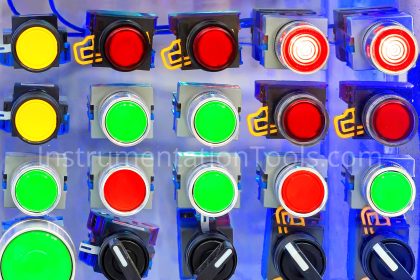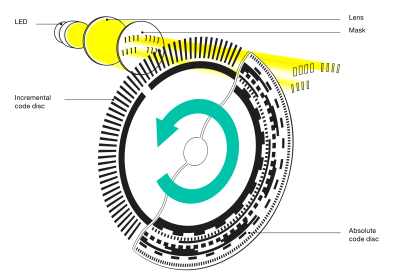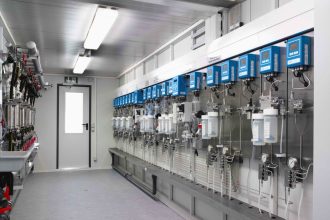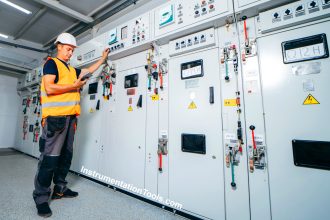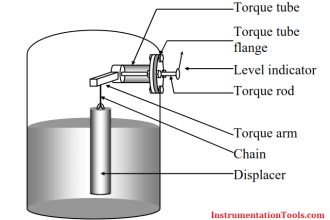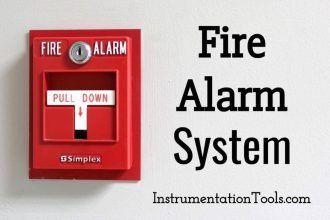Difference between Single-phase and three-phase power. Advantages one over the other.
The two common forms of alternating electricity are single-phase and three-phase types.
Phase refers to the pattern at which the sinusoidal voltage of the AC supply shifts between its positive maximum and negative maximum.
In electricity, the phrase refers to the distribution of a load.
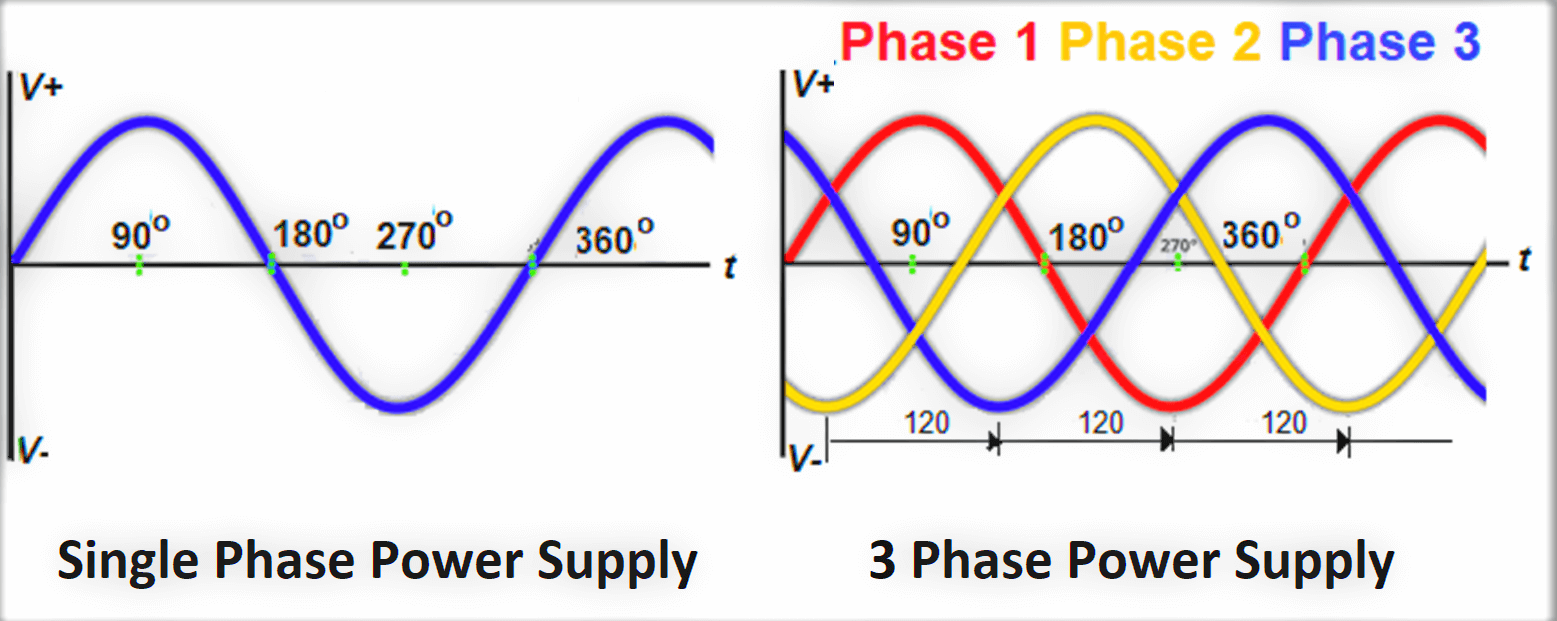
Following are the distinct systems by which power is distributed to the consumer.
- Single-phase ac supply using a two-wire system.
- Three-phase ac supply using a three-wire system.
- Supply of three-phase and neutral using 4 wire system.
Common differences
- Single-phase power consists of a two-wire alternating current (ac) power circuit.
- In a single-phase power supply system, there is one wire that is powered the phase wire and the other wire are neutral, with current flowing between the power wire (through the load) and the neutral wire.
- Three-phase power is a three-wire AC power circuit with each phase ac signal 120 electrical degrees apart as shown in the figure above. Each phase of the three-phase power supply is denoted by Red (R), Yellow (Y), Blue (B), or Black.
- The Phase is denoted by L in a single-phase power supply.
- When measuring the single-phase, 220V is measured between the phase and neutral.
- When measuring three-phase, 415 or 420 V is measured between any two-phase to phase connections.
Supply Voltages
The standard voltages at which the supply authorities deliver the power to the consumer are as follows.
Single-phase is 240 V, 50 Hz, 2 wire,
Three-phase is 415 V, 50 Hz, 3 wire.
- In the 3 phase or 4 wire power distribution system, power is supplied from the substation along the 4 wires. Three of these wires are called phase and one is usually at zero voltage called neutral wire. The neutral wire is earthed at the substation.
- Residential homes are usually supplied by a single-phase power supply.
- Whereas commercial and industrial establishments usually use a three-phase supply.
- Single-phase power supplies are generally used when typical loads are lighting or heating, rather than large electric motors.
- Three-phase phase power supply is better suitable for higher loads.
Single-phase systems can be derived from three-phase systems.
Single-phase versus Three-phase Power
An Important difference between 3-phase-power vs. single-phase power is the reliable consistency in the delivery of power.
- In a single-phase system, power is supplied along the two wires. One delivers the current and the other provides the complete return of path. With peaks and dips at in voltage during one phase cycle delivery.
- In a single-phase system, power peaks at 90degrees and 270 degrees. This means that at two points in the cycle power delivery is at maximum. At the other times, the power delivery is at optimum. A single-phase power supply simply does not offer the same stability as a three-phase power supply.
- In a three-phase system, the load is shared across the three power wires. The three power wires are arranged to be out of phase with each other. All three phases of power have entered the cycle by 120 degrees.
- The three phases of power peak in voltage at different times during a complete cycle. By supplying power in this way, there are no peaks and drop-offs.
- Sharing the load between three wires power is supplied constantly. A three-phase power supply can transfer three times as much power as a single-phase power supply.
- Three-phase power, three-phase power supplies are more efficient compared to single-phase power systems.
Difference between 3-phase and single-phase configurations
- In a single-phase power supplies have a neutral wire, the voltage is measured with respect to the neutral hence it is 220 V.
- In 3 phases, it is measured with respect to another phase because only the star configuration has a neutral wire, and the delta configuration doesn’t have a neutral wire.
Both single-phase and three-phase power distribution systems have different roles. But the two types of systems are totally different from each other.
Advantages of single-phase over three-phase
- A Single-phase system is cheaper and less complex than a three-phase power system.
- A Single-phase system is suited for residential applications.
Advantages of three-phase over single-phase
- A large amount of power can be transferred from a three-phase system.
- Three-phase power can be used to energize high power industrial equipment such as motors.
- A much larger amount of power can be transferred to longer distances.
- The three-phase are capable of powering much more at a lower cost.
Read Next:
